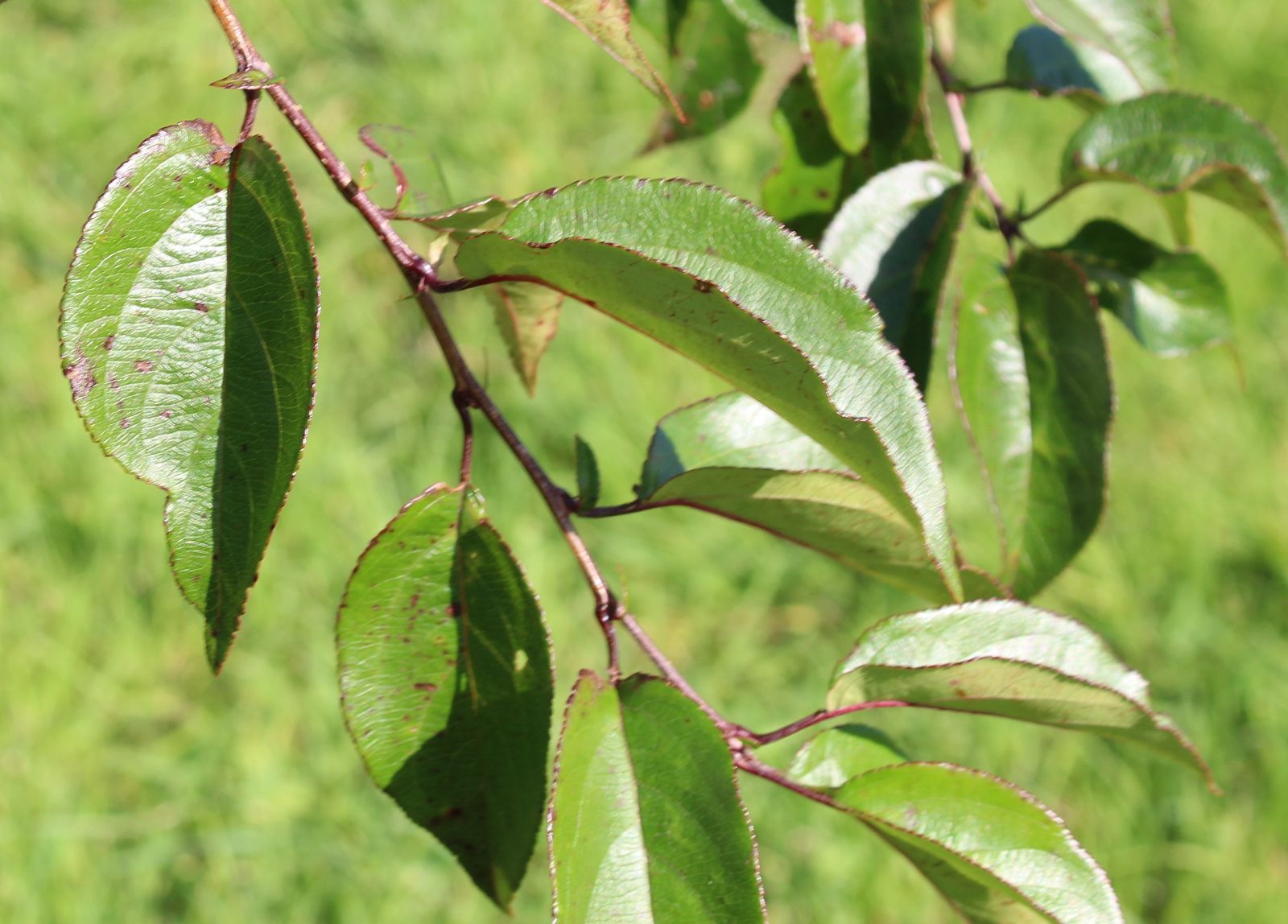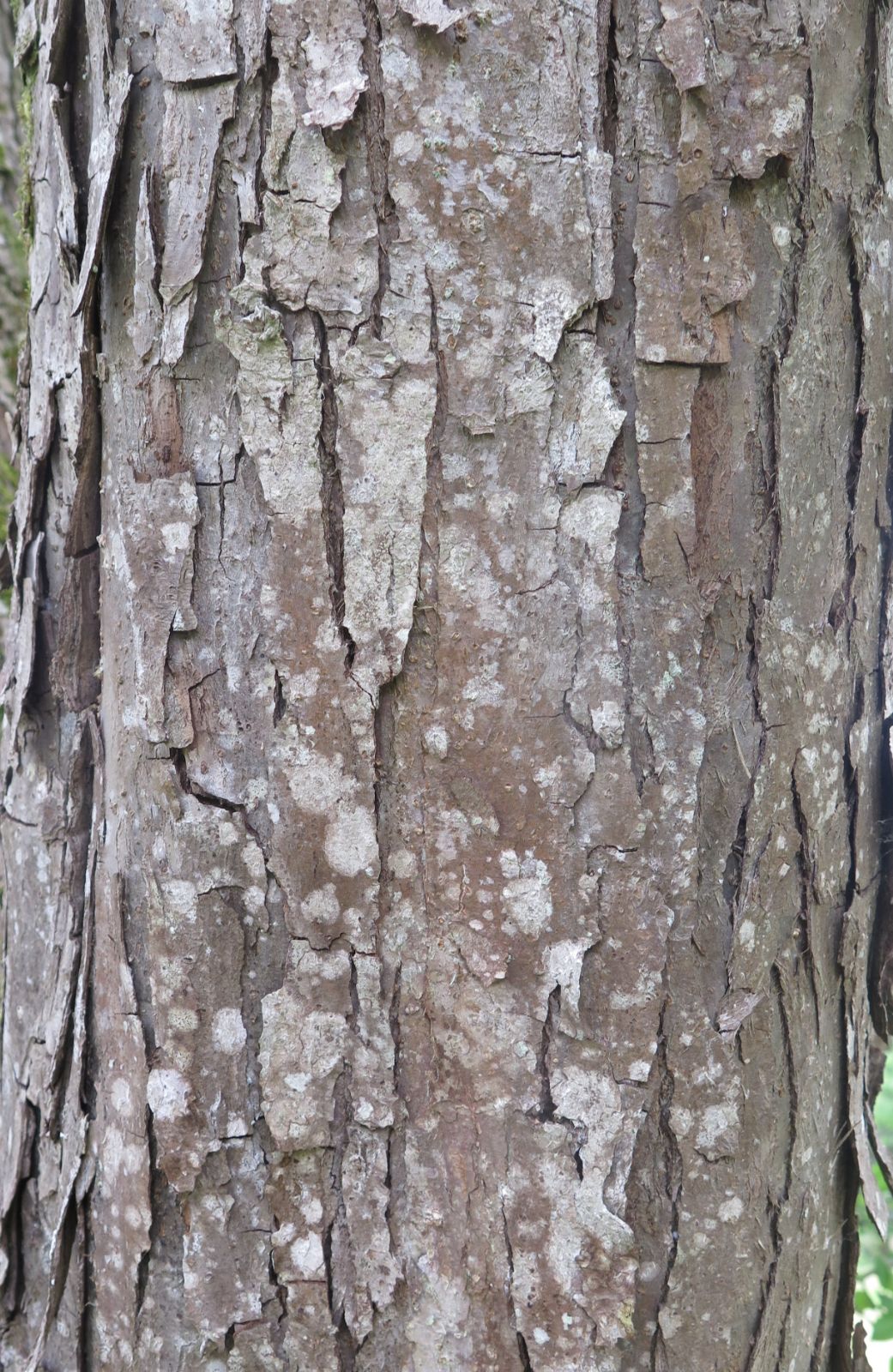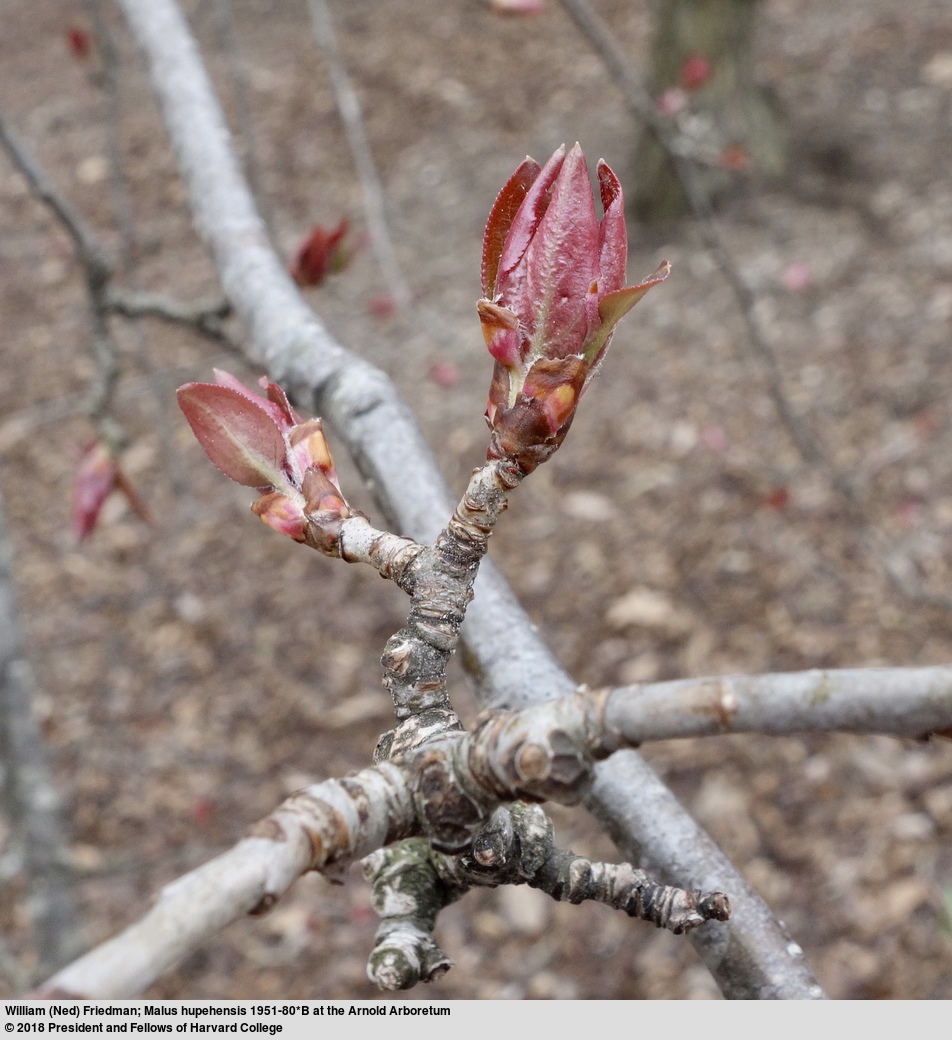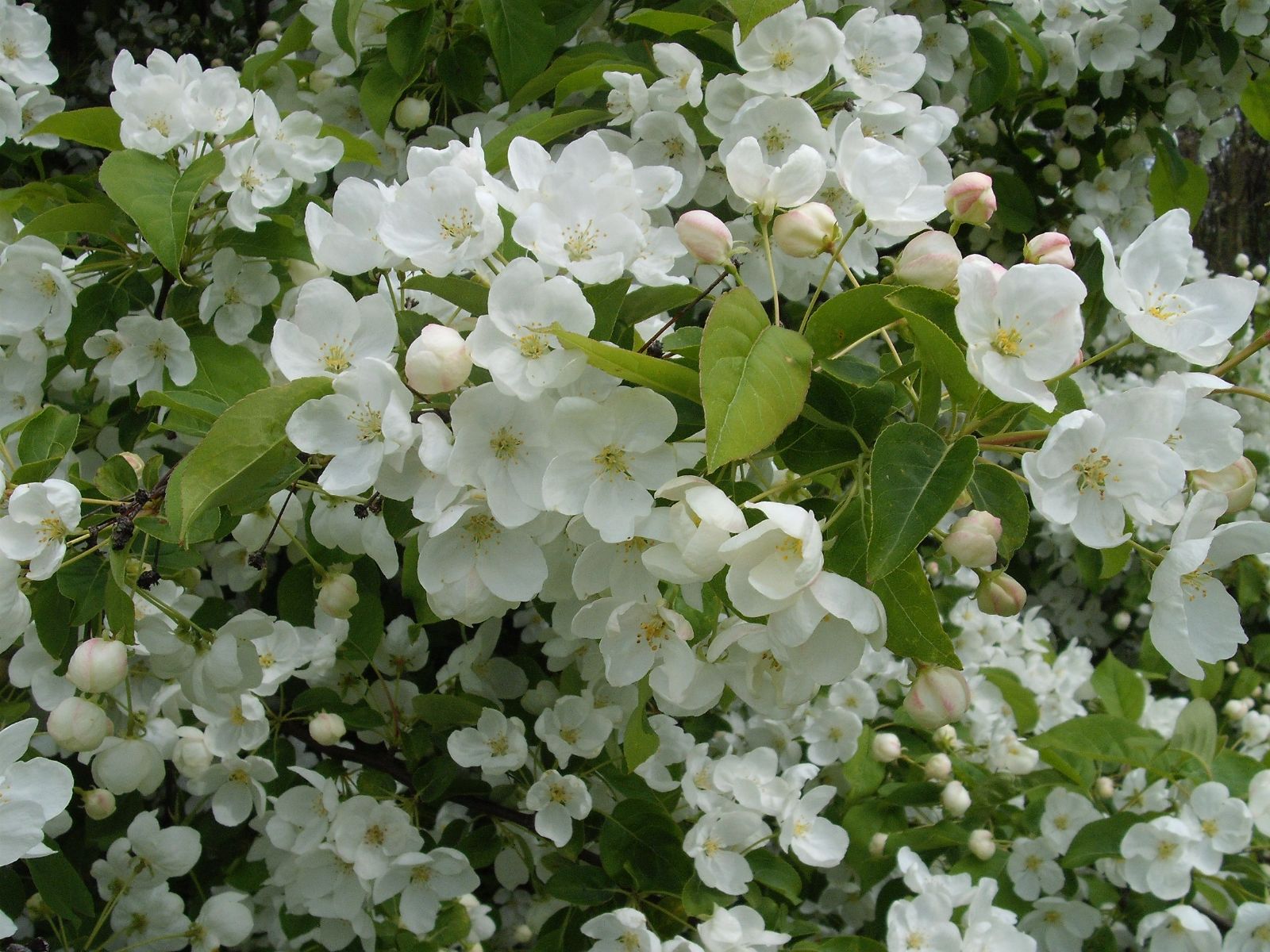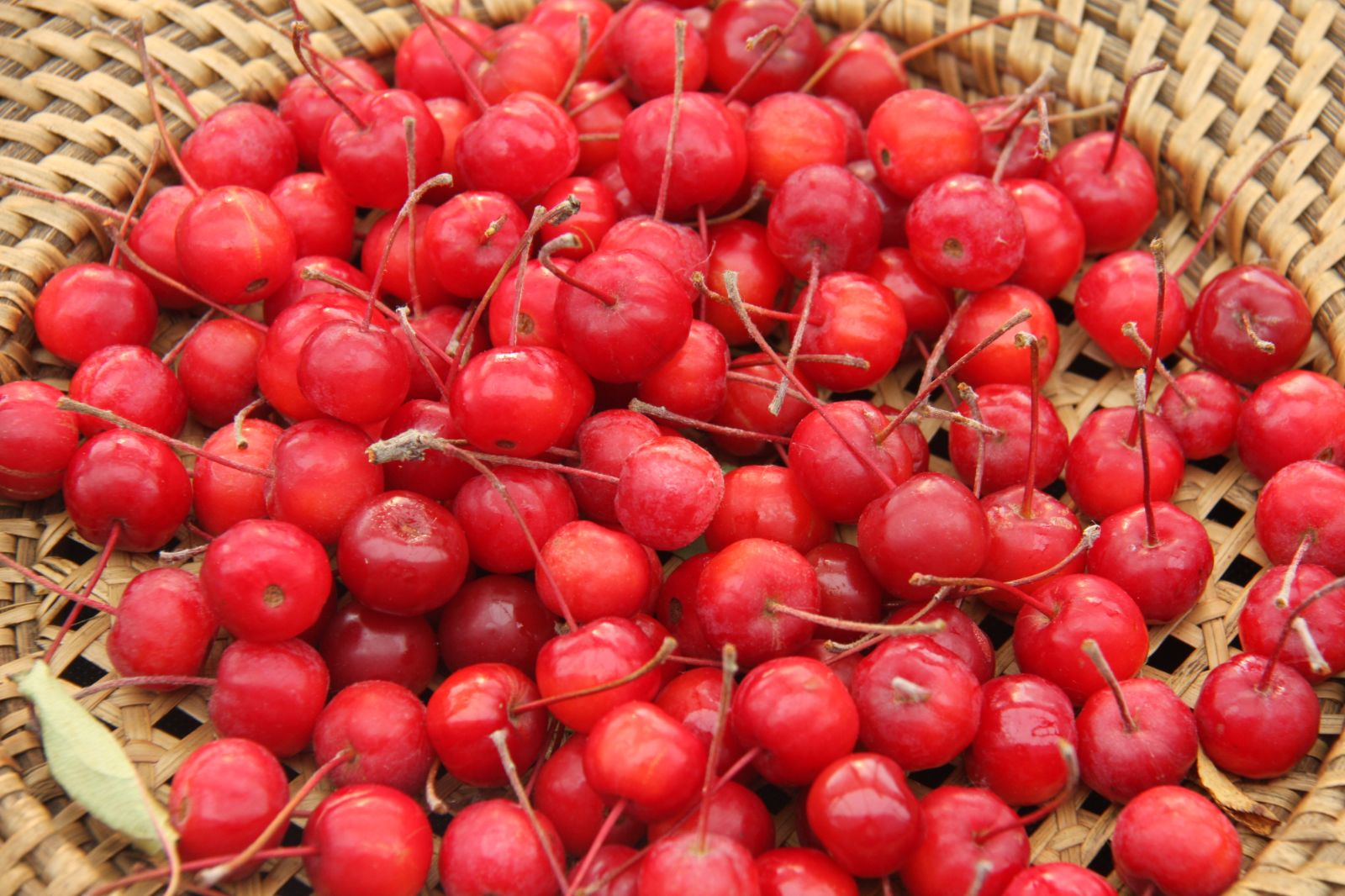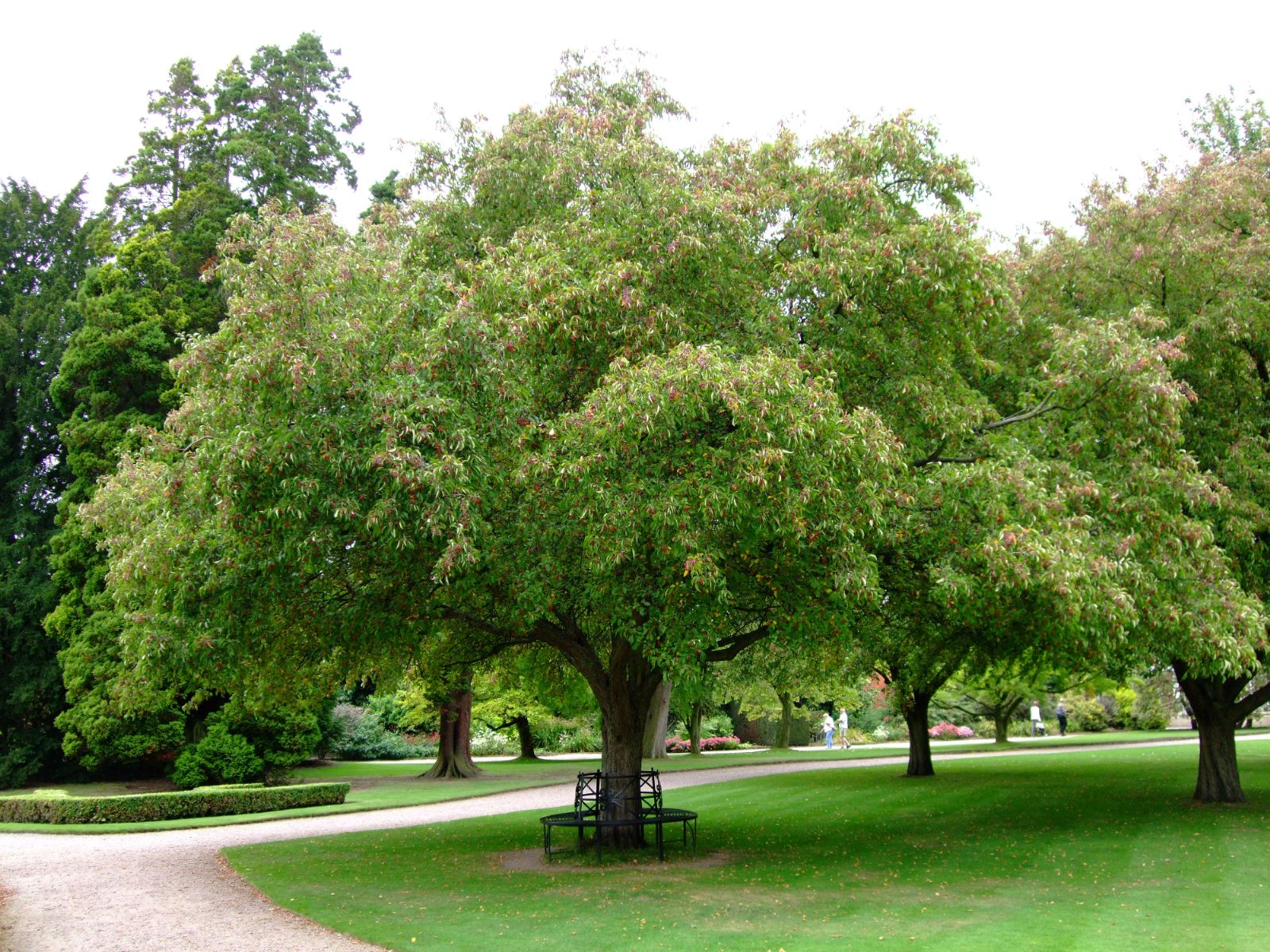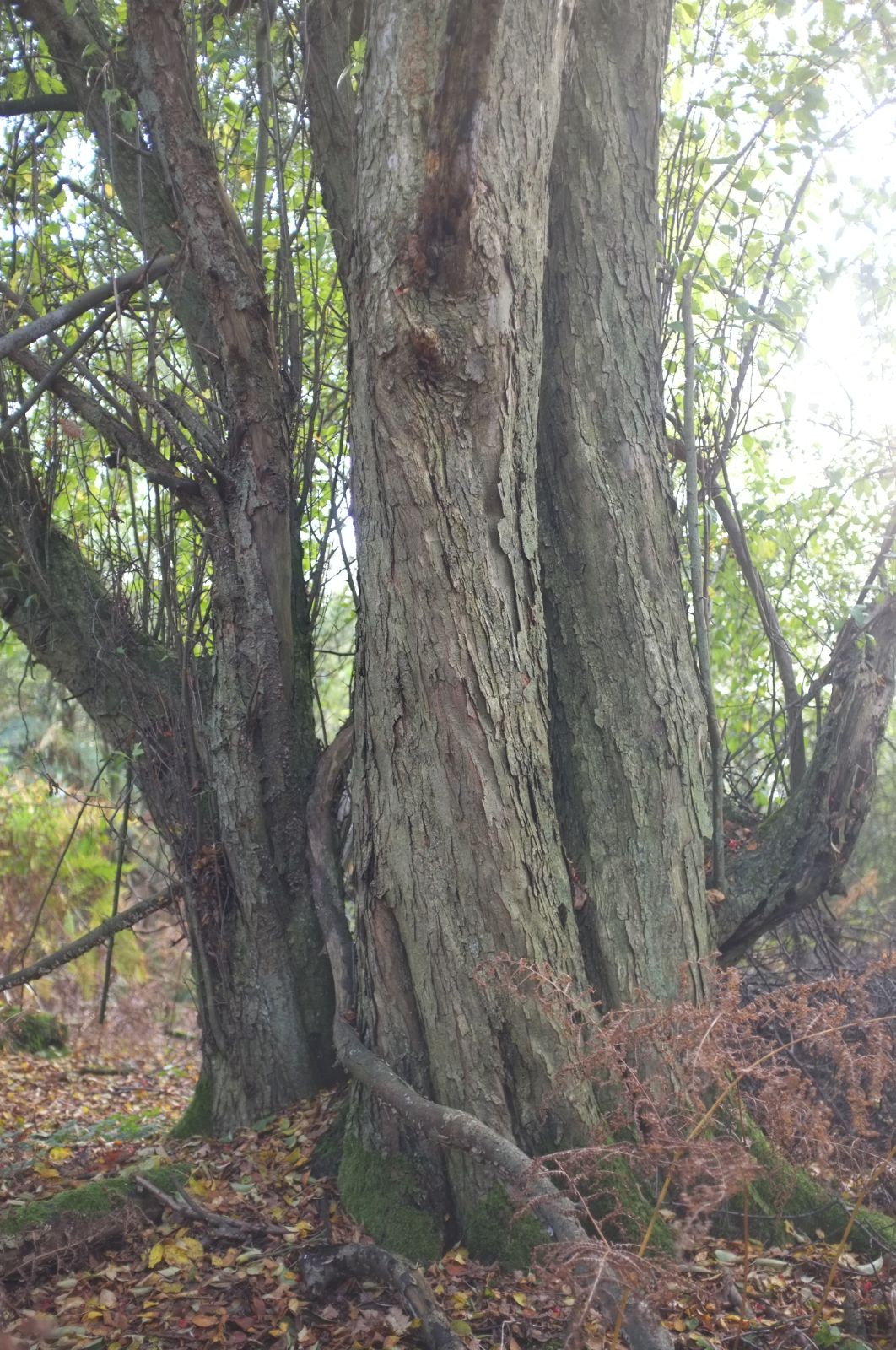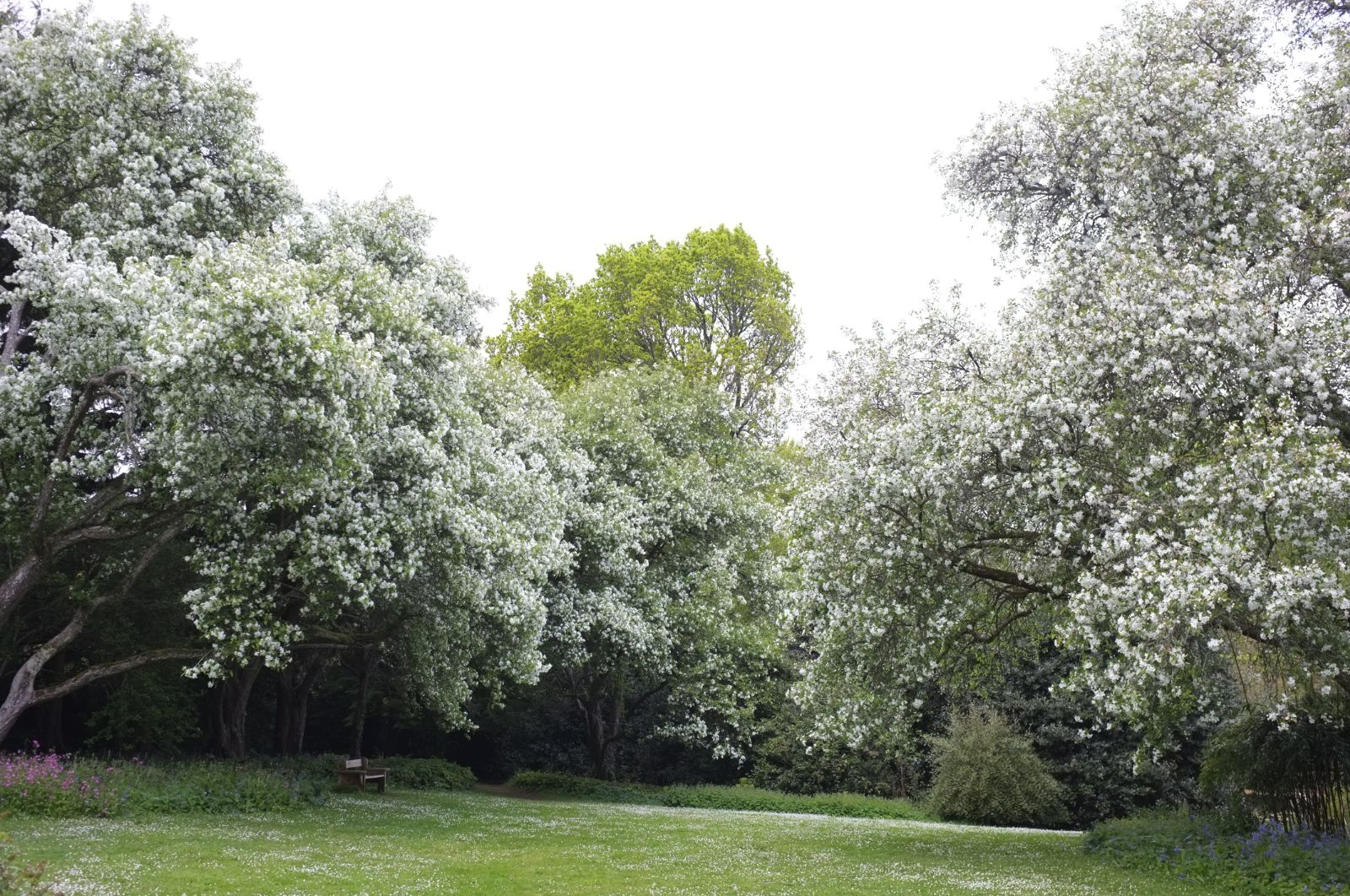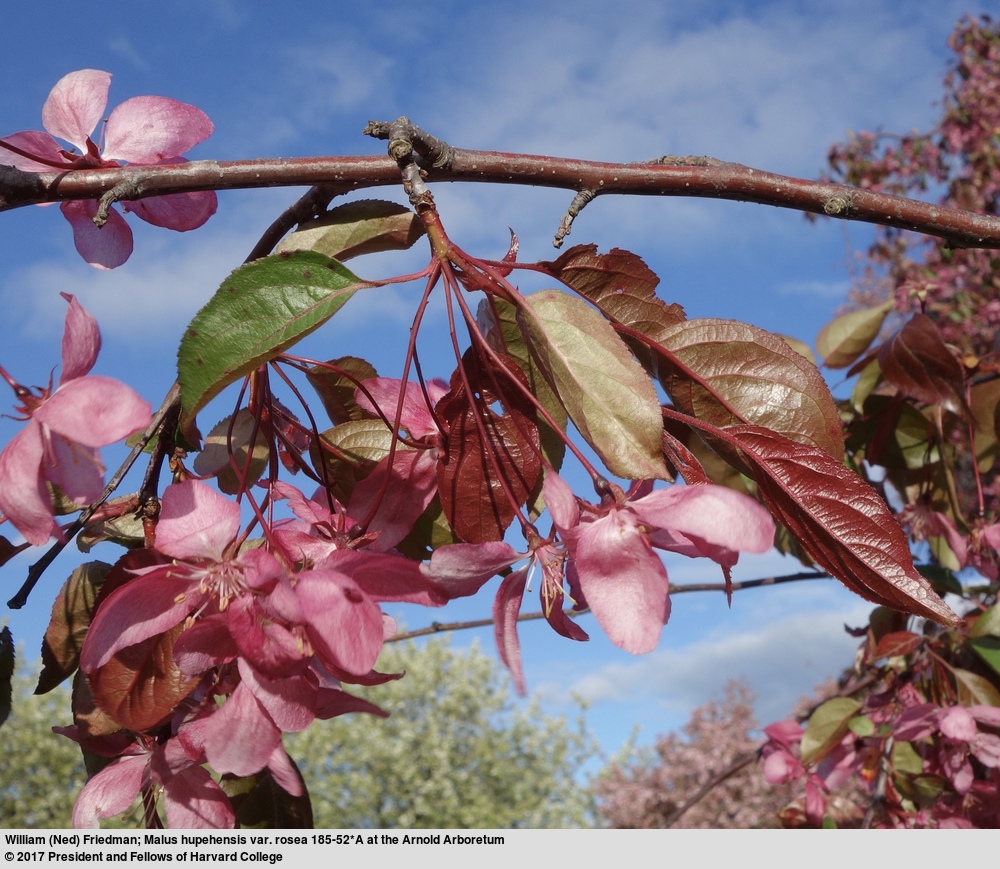Malus hupehensis
Sponsor
Kindly sponsored by
Francine: 'after many informative Tours and Study Days with the IDS I feel it only fitting to help and promote such a wonderful organisation'
Credits
Julian Sutton (species), Nick Dunn (cultivars) (2021)
Recommended citation
Sutton, J. & Dunn, N. (2021), 'Malus hupehensis' from the website Trees and Shrubs Online (treesandshrubsonline.
Genus
Common Names
- Hupeh Crab
- Chinese Crabapple
- Tea Crabapple
- hu bei hai tang
Synonyms
- Pyrus hupehensis Pampan.
- Malus theifera Rehd.
Infraspecifics
Other taxa in genus
- Malus × adstringens
- Malus angustifolia
- Malus × arnoldiana
- Malus asiatica
- Malus × astracanica
- Malus × atrosanguinea
- Malus baccata
- Malus bhutanica
- Malus × brevipes
- Malus chitralensis
- Malus coronaria
- Malus crescimannoi
- Malus Cultivars A-B
- Malus Cultivars C
- Malus Cultivars D-F
- Malus Cultivars G-I
- Malus Cultivars J-K
- Malus Cultivars L-M
- Malus Cultivars N-Q
- Malus Cultivars R
- Malus Cultivars S
- Malus Cultivars T-Z
- Malus dasyphylla
- Malus × dawsoniana
- Malus domestica
- Malus doumeri
- Malus florentina
- Malus × floribunda
- Malus fusca
- Malus × gloriosa
- Malus halliana
- Malus × hartwigii
- Malus × heterophylla
- Malus honanensis
- Malus ioensis
- Malus kansuensis
- Malus kirghisorum
- Malus komarovii
- Malus × magdeburgensis
- Malus × micromalus
- Malus × moerlandsii
- Malus montana
- Malus ombrophila
- Malus orientalis
- Malus × platycarpa
- Malus praecox
- Malus prattii
- Malus prunifolia
- Malus × purpurea
- Malus × robusta
- Malus rockii
- Malus Rootstock Cultivars
- Malus Rosybloom Cultivars
- Malus × scheideckeri
- Malus sieversii
- Malus sikkimensis
- Malus × soulardii
- Malus spectabilis
- Malus spontanea
- Malus × sublobata
- Malus sylvestris
- Malus toringo
- Malus transitoria
- Malus trilobata
- Malus tschonoskii
- Malus turkmenorum
- Malus yunnanensis
- Malus × zumi
Small tree or shrub, to 8 m. Branchlets initially dark green, ageing purple or purplish brown, finely hairy when young. Buds dark purple, ovoid; scales sparsely ciliate at margin. Leaf blade ovate to ovate-elliptic, 5–10 × 2.5–4 cm, with small, sparse hairs when young, glabrescent; base broadly cuneate; apex acuminate; margin with small, acute teeth; petiole 1–3 cm, with small, sparse hairs when young. Inflorescence a 4–6-flowered corymb; pedicels 3–6 cm, sparsely hairy when young. Flowers fragrant, 3.5–4 cm diameter, in spring (April, UK; April-May, China). Sepals triangular-ovate, 4–5 mm, hairy above, falling before fruit is ripe; petals pink in bud, opening white, obovate,~1.5 cm; stamens 20, unequal, about half as long as petals; styles 3(–4), slightly longer than stamens. Fruit yellowish green, sometimes becoming red, ellipsoid or subglobose, ~1 cm diameter, with a small scar at apex, August-September (China). (Gu et al. 2003; Cullen et al. 2011; Bean 1981).
Distribution China Anhui, Fujian, Gansu, Guangdong, Guizhou, Henan, Hubei, Hunan, Jiangsu, Jiangxi, Shaanxi, Shandong, Shanxi, Zhejiang.
Habitat Slopes, valley thickets; 0–2900 m asl.
USDA Hardiness Zone 4-7
RHS Hardiness Rating H6
Awards AGM
Conservation status Least concern (LC)
A familiar and lovely garden plant, a good Malus hupehensis impresses by the sheer density of its flowers. Typically, they open palest pink from pink buds, then quickly fade to white, although the calyx may remain reddish. Fruits are usually yellowish with a reddish cheek on the sunny side (Bean 1981), but good red forms exist.The branches are rather stiff, making a broad, low-branching vase form at first, then with age much broader crown (Fiala 1994; Edwards & Marshall 2019). Pruning is best avoided if a wide, elegant branching structure is desired (N. Dunn pers. obs.). Its disease resistance is good. This is the one apple species which is widely known in horticulture to be apomictic, producing seeds asexually and so perpetuating a clone (e.g. Dirr 2009), however, beyond this familiar picture lies considerable complexity and uncertainty.
M. hupehensis is one of the small-fruited Asiatic species with unlobed leaves and deciduous calyces, clearly very close to the variable and widespread M. baccata. During discussions around the preparation of this article, one experienced botanist asked half-seriously ‘why isn’t it baccata?’ Morphologically, it is distinguished from M. baccata by the triangular-ovate rather than lanceolate sepals, less than twice as long as broad and about the same length as the hypanthium; by the more leathery leaves; by its pink petals, at least in bud; by having usually 3 rather than 5 styles; it remains a small tree or shrub in the wild but not necessarily in gardens (Gu et al. 2003, H.McAllister pers. comm. 2020).
This tree was known for many years as Malus theifera, the specific epithet referring to its dried young leaves being used as a tea-like drink in central China (Gu et al. 2003, Wilson in Sargent 1916). Alfred Rehder described M. theifera on the basis of a series of herbarium specimens (e.g. W 451) and seed collections (e.g. Wilson for Veitch 766) made in the Yichang area of western Hubei from 1900 onwards (Rehder in Sargent 1916); field notes showed that these were bushes and small trees, no more than 8 m tall. Wilson considered it the finest deciduous flowering tree he had introduced (Bean 1981). After the Great War, Rehder was able to see non-fruiting specimens from an Italian herbarium, which showed that the plant had already been described by Renato Pampanini, as Pyrus hupehensis, hence the new combination Malus hupehensis (Rehder 1933).
The claim is often repeated that M. hupehensis is an apomictic triploid, and at least some clones clearly are (Sax 1959). However, some studies suggest that diploids also exist, based either on chromosome counts (Schuster & Büttner 1995) or DNA mass (Höfer & Meister 2010). Fiala (1994) mentions a ‘slightly better tetraploid’, but without citing evidence. All this, of course, assumes correct identification of every individual of this difficult group in large ex situ research collections. Using variation in the length of highly repetitive DNA sequences, Benson et al. (2001) demonstrated that there are a several different clones in research collections, but that some, especially one (the ‘Yichang clone’), were present as multiple accessions. Some of these might be the result of duplication through material being passed between collections with insufficient data, but it was possible to show that the Yichang clone had been collected at least three times in central China, at sites hundreds of kilometers apart. At least some Wilson material, including W 451 (the type of M. theifera) apparently represents this clone. Hugh McAllister (pers. comm. 2020) has worked at Ness Gardens with seedlings derived from several Arnold Arboretum accessions, Wilson for Veitch 839 (Yichang, 1900), SABE 267 (western Hubei, 1980), and a third under only a USDA accession number. He found these to be apomictic triploids, and was able to distinguish them morphologically. It seems then that we have an aggregate species, comprising several triploid microspecies and perhaps sexual diploids. If diploid M. hupehensis spawning triploids proved not to exist in wild populations, the triploid clones might have originated through repeated interspecific hybridization between a sexual diploid and a tetraploid, of species unknown.
All this is relevant to horticulture because the tiny differences between apomictic microspecies may make the difference between an adequate garden plant and a superb one. Characterisation and naming of the best forms would be desirable. Whether or not all cultivated stocks are correctly identified is a separate question; certainly, most trees in Britain look very similar. Hugh McAllister (pers. comm. 2020) believes that a white-flowered stock of unknown origin, grown at Ness Gardens for decades, is an apomictic triploid form of M. baccata. One Ness tree measured 12 m × 270 cm in 2015 (The Tree Register 2020). At present it is unclear whether misnaming is widespread.
Hybrid cultivars are sometimes wrongly listed as cultivars of M. hupehensis. In particular, the purple-leaved ‘Strawberry Parfait’ was placed here on its patent application, which went on to contradict this by claiming that it was a hybrid between M. hupehensis and M. × atrosanguinea (Google Patents 2021a). This would account for the leaf colour, but any parentage involving an apomictic triploid requires some explaining, which was not forthcoming. More bizarrely, the patent application for ‘Princeton Cardinal’ (which has ‘Strawberry Parfait’ as a parent) attempts to justify naming it as a hupehensis cultivar while admitting that it is not (Google Patents 2021b). Failure to recognize differences between botanical and horticultural ways of thinking, use of language, and standards of evidence required in order to make an assertion, is a breeding ground for confusion and error.
The Tree Register (2020) records many surprisingly large specimens in the British Isles, including 67 trees of 10 m or more in height, the tallest 16.5 m in Weasenham Woods, Norfolk, sometimes noting possible confusion with M. baccata which can more certainly produce trees of this height. The origins of most trees in gardens is unclear, although Wilson’s collections, distributed by the Veitch nursery in Europe and the Arnold Arboretum in North America, are likely to have been very important. RBG Edinburgh has a tree from W 451, as well as younger specimens on the Chinese Hillside from CLD 182 and 462. A tree from another Wilson collection, W 4172 (W. Sichuan, 1910), at Edinburgh is more dubiously attributed to M. hupehensis (Royal Botanic Garden Edinburgh 2020). A smaller fruited, smaller leaved triploid (H. McAllister, pers. comm. 2020) it was originally collected as M. halliana (Sargent 1916).
M. hupehensis is widespread in collections in north western Europe, as far north as Trondheim, Norway (NTNU University Museum 2020); there are many examples at the Belmonte Arboretum, Wageningen, Netherlands (Belmonte Arboretum 2020). It is freely available in the nursery trade. In North America it is well represented in collections on both coasts and in the Great Lakes area (e.g. Morton Arboretum 2020, Hoyt Arboretum 2020, Arnold Arboretum 2020) often from known wild origins; although long in the American nursery trade it is far from mainstream.
f. rosea Rehd.
Synonyms
Malus hupehensis 'Rosea'
Flowers remain rosy pink rather than fading to white (Bean 1981). Such trees grow mixed with the typical form in the the wild (Wilson in Sargent 1916). Both colours were raised from Wilson for Veitch 766. A pretty thing, it is not often seen either in Europe or North America.



